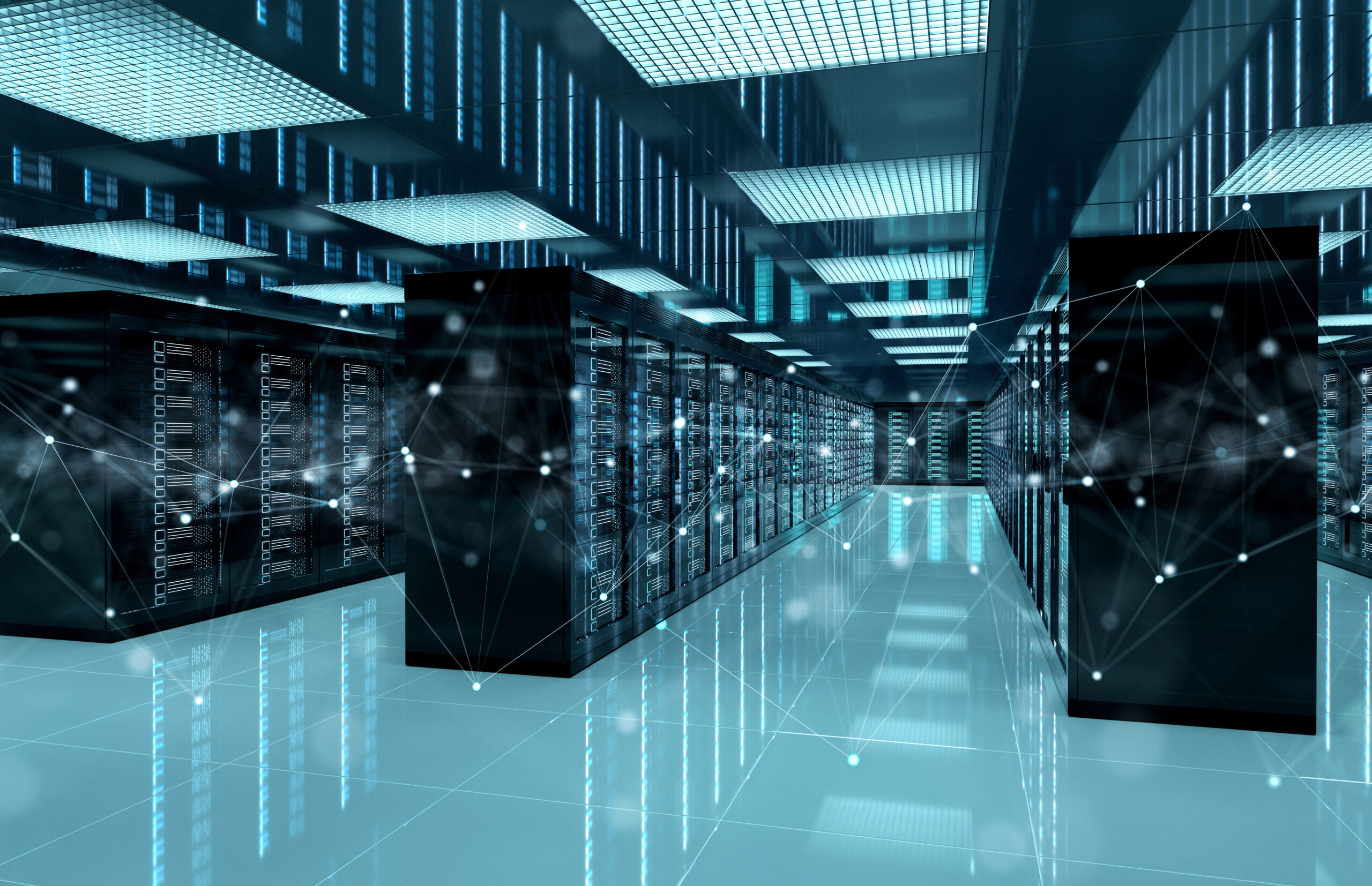Top 7 AI and Automation Trends Impacting the Data Center18 min read

The world has become infatuated with AI. It is all over the news. It will destroy civilization or save it, depending on who you talk to. But what does it really have in store for the data center – minus the hype? What can we expect?
Here are some of the top trends in AI and automation that are likely to exert a significant impact on the data center and IT as a whole.
Get Ready for Industry Transformation
45% of respondents to a Bain & Company survey believe that integration of automation and AI will catalyze a major transformation in their industry within the next few years. This applies to manufacturing, sales, telecom, and just about any other industry – including IT. 53% have already deployed some level of generative AI and 70% believe that AI-driven automation is either “very important” or “critical” in fulfilling strategic objectives. Not surprisingly, 18% assert that the gen AI is overhyped.
“Enterprises have an opportunity with AI-powered automation to infuse a shot of adrenaline into their business roadmaps and reconfigure their goals,” said Ted Shelton, Senior Partner and Enterprise Technology Practice Leader, Bain & Company. “Businesses must fundamentally rethink and redesign business models to integrate AI and automation.”
AI Can Boost Energy Efficiency
Some believe that reducing costs will be the preeminent use case for AI in the data center. Some believe it will be staff reduction. But others think that environmental gains, achieving net zero and carbon footprint reductions will be the thin edge of the AI wedge into mainstream data center operations.
“With so much focus on sustainability, an emerging trend is the use of AI for improving energy efficiency in data centers,” said Douglas Vargo, Vice President, Emerging Technologies Practice Lead at IT consultancy CGI. “This is driven by the need to reduce operational costs and environmental impact. Data center leaders are investing in AI solutions that optimize power usage, automation, and advanced cooling technologies.”
AI Saves Time
Data center staff have been both blessed and cursed by technology. On the one hand, it has consistently made their jobs so much easier. However, the more they can do, the more is demanded of them. What one person can now achieve in an average data center day would have boggled the mind of someone working in the data centers of the nineties.
An AI and automation survey by Ashling Partners found time savings to be a priority among 84% of respondents. People using IT and data center systems have so much to do that they need more hours in the day. AI adoption can provide it if adopted sensibly. This should bring welcome relief to data center personnel – at least for a while.
Better Cooling
Cooling has always been one of the biggest costs in many data centers. Over the years, many strategies have emerged to lower cooling bills: hot and cold aisles, raised floors, in aisle and rack cooling, placing the cooling vents above the servers to maximize efficiency, and various forms of water and liquid cooling. AI adds further optimization to each of these approaches by closely monitoring trends, granular analysis, and automated responses to tiny changes in data center, aisle, or rack conditions.
Health Monitoring
The use of AI in data center operations may still be in its infancy. But health monitoring is one of the areas where it is most in evidence. Data Center Infrastructure Management (DCIM) systems already use basic forms of AI to improve results. This helps operators spot problems faster and take actions before component or equipment failures. But the real gains will come when AI can access and correlate all other data center systems with DCIM. A change in cooling parameters could indicate overheating or sudden hotspots as early warning signs of imminent failure. By integrating all the logs, sensors and datapoints from every IT and facilities system into an AI engine trained on data center operations, equipment health can take another giant leap forward.
Change Management
Daniel Bizo, Research Director, Uptime Institute Intelligence, lists the optimization of cooling; health monitoring of equipment; and assistance in data hall change management as the zones where AI can gain traction most rapidly in data centers. This will be achieved, he said, through the use of what-if modeling and simulations as well as AI-based recommendations of actions to take based on data or trends.
The reason he believes these areas represent some of the low hanging fruit for AI in the data center is that they are based on machine learning rather than the deep neural networks that underlie generative AI. It may take a couple of years for neural networks to be tuned and trained effectively to manage data center operations.
“Data center operators should keep abreast of AI and automation developments to identify opportunities for efficiency gains, lowering risk, and the elimination of human error,” said Bizo. “Automation and AI-assistance will be crucial if the industry is to keep growing at its current pace due to skills and staffing levels being increasingly strained.”
More Data Centers Now!
Perhaps the biggest trend being propelled by AI is demand for more data centers and more leasing of data center space. A report by commercial real estate firm CBRE states that artificial intelligence growth has contributed to steady leasing activity despite higher interest rates and economic uncertainty.
“AI is expected to drive future data center demand,” said Pat Lynch, executive managing director for CBRE’s Data Centers Solution. “Besides AI, technologies like streaming and multi-cloud solutions are expected to increase the need for high-performing data centers.”
Real-time monitoring, data-driven optimization.
Immersive software, innovative sensors and expert thermal services to monitor,
manage, and maximize the power and cooling infrastructure for critical
data center environments.
Real-time monitoring, data-driven optimization.
Immersive software, innovative sensors and expert thermal services to monitor, manage, and maximize the power and cooling infrastructure for critical data center environments.

Drew Robb
Writing and Editing Consultant and Contractor
0 Comments